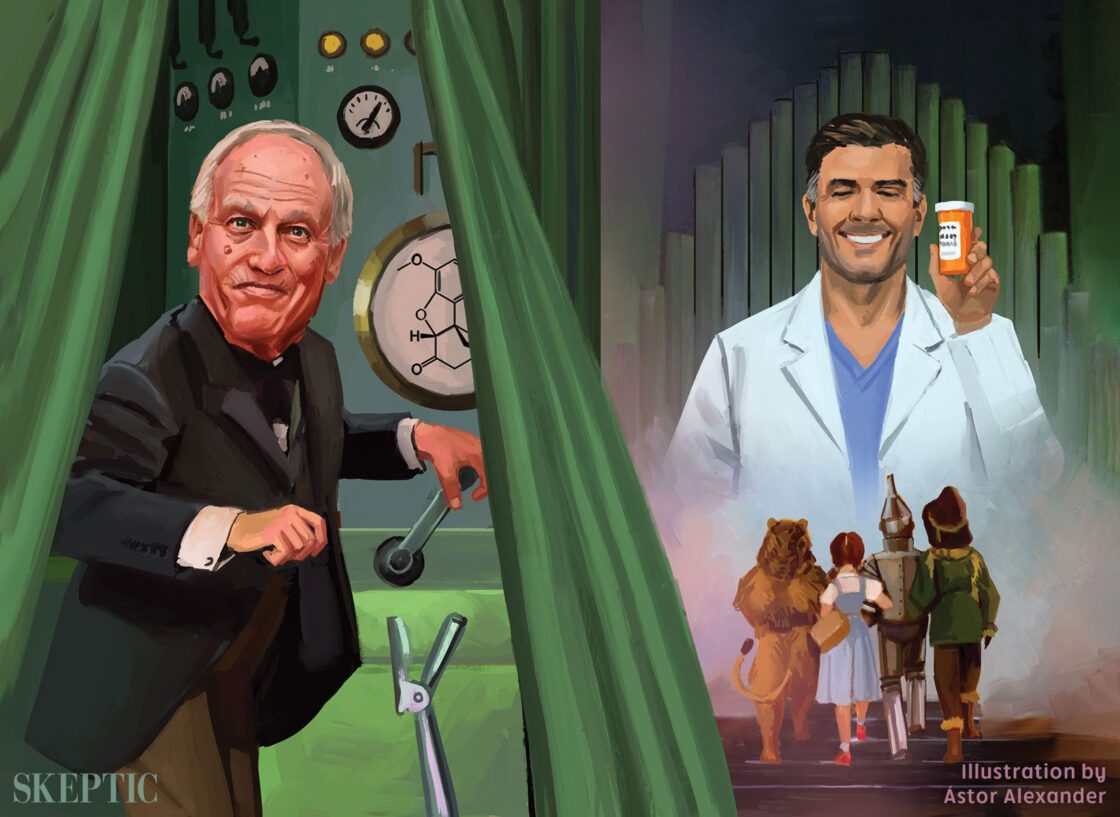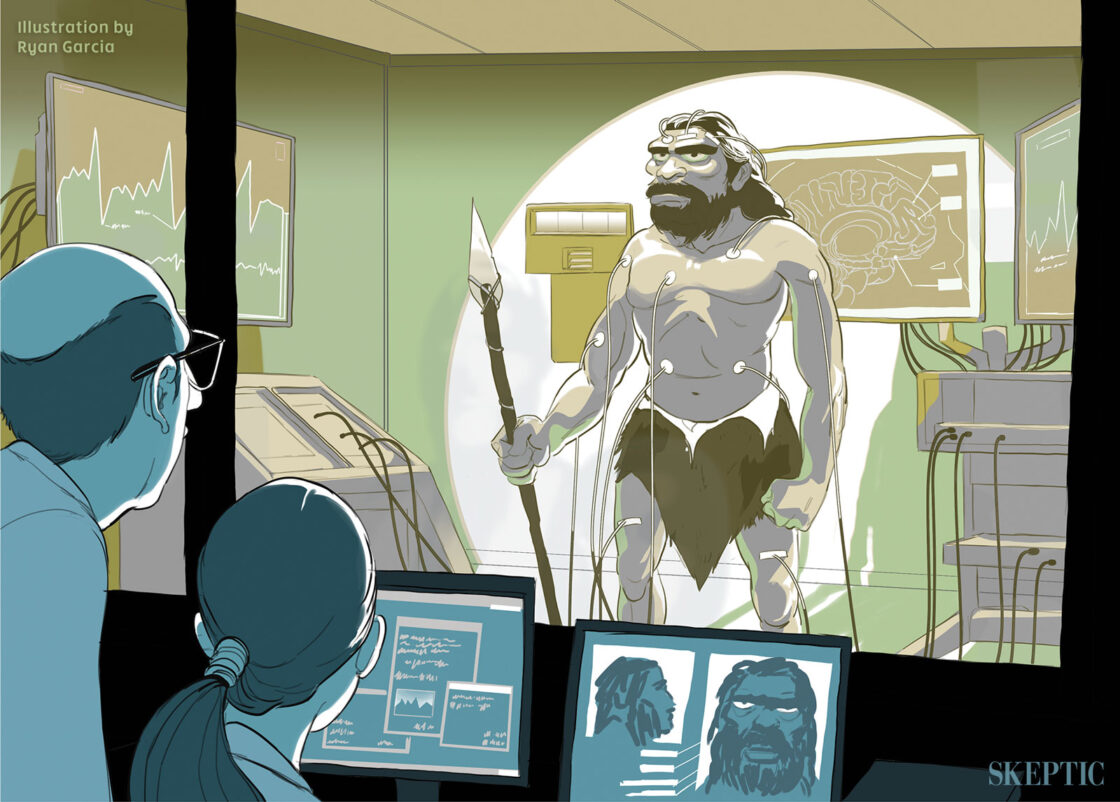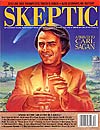“There is a place with four suns in the sky-red, white, blue, and yellow; two of them are so close together that they touch, and star-stuff flows between them. I know of a world with a million moons. I know of a sun the size of the Earth-and made of diamond….The universe is vast and awesome, and for the first time we are becoming part of it.”
When I was an undergraduate in the 1960s, I eagerly read the scientific papers of an obscure young astrophysicist who was one of the few researchers investigating the possibilities of life on other worlds. Then I went to graduate school at Cornell University, and not long afterwards, he became a professor there. His name was Carl Sagan.
Over the years, as he became my teacher, friend, and colleague, I watched as his charisma and gift of poetic language blossomed into a TV personality, bestselling writer, Pulitzer prizewinner, novelist, and the world’s leading evangelist of science. And all the while, he continued to do world-class research. I would like to share some of my personal reminiscences of him.
Carl was a great professor. His ability to express the most arcane concepts in intuitive terms made it easy to grasp difficult theories of astrophysics. I can still see him drawing on the blackboard, reducing complex phenomena to comprehensible images. This same skill shone through his books and TV shows.
He took over a minor scientific journal, Icarus, and persuaded the leading figures of solar-system research to publish some of their major papers there. He loved editing it, even loved assembling the tables of contents. His publisher sometimes got annoyed at the huge phone bills he rang up, because he preferred to speak directly with scientists around the world, rather than rely on mail. But it became a leading periodical in its field.
With his wide-ranging mind, he was one of the few scientists able to do research in both biology and astrophysics. In his lab, he re-created the conditions that led to life on primitive Earth, and furthered our understanding of the chances of life evolving on other worlds.
When NASA designed the Pioneer 10 and 11 spacecraft to be the first ever to fly to Jupiter and Saturn, they discovered that they had incidentally created the first interstellar spaceships. The energy needed to get to Jupiter was so great that the Pioneers would be moving too fast for the sun to pull them back. They would drift on through the Milky Way for billions of years. Some day, they might be found by another civilization. So why not include a message to them? But who could design a message to alien beings having no language in common with us but mathematics?
Naturally, they turned to Carl. He devised an ingenious map showing where we are in the galaxy by drawing the positions of pulsars, dead supernova stars that emit fantastically regular radio pulses. To show who made the plaque, it bore a picture of a man and woman. Because these humans were naked, NASA received complaints about sending pornography into space. It is difficult to imagine, though, that tentacled little green beings would find such pictures very erotic.
Today, the plaques are past the farthest planets of our solar system, drifting like a message in a bottle through the cosmic ocean of which he often spoke. Perhaps, millions of years from now, after wandering the dust-lanes of the interstellar void and gliding past stars of many colors, one may be found by spacefaring aliens. If so, how wonderfully appropriate that they will be reading a message from Carl Sagan.
After these were launched, he led a team including his future wife Ann Druyan, that created a more sophisticated message for the two Voyager spacecraft following in the spatial footprints of the Pioneers. They designed a kind of videodisk containing photos of life on Earth, samples of our greatest music, and greetings in many languages.
Now that message, too, is traveling to the stars. Someday a being may unwrap this gift from a distant planet, and see pictures of sheepherders and astronauts, listen to Beethoven’s Fifth and Johnny B. Goode, and puzzle at the kaleidoscope of languages. One of the English messages he, she or it will hear is “Hello from the children of planet Earth” — spoken by Carl’s son, Nick.
While the Voyagers flew from Jupiter to Saturn, he and scientists Bruce Murray and Louis Friedman created an organization to further space exploration and the search for extraterrestrial intelligence (SETI). Thus was born The Planetary Society. It became the fastest-growing public-membership organization in the world and quickly reached 100,000 members on every continent, educating people about the universe, and supporting research, especially on Mars and SETI.
In his books, articles and shows, Carl campaigned against irrationality. Although he believed it was likely that there is intelligent life on other worlds, he was relentlessly skeptical about claims that the Earth is being visited by UFOs.
Despite his disbelief in UFOs, he was one of the pioneers of SETI. Back in the early 1960s, it took a lot of courage to speak out in favor of looking for astronomical signs of other civilizations, when most scientists regarded this as a lot of Buck Rogers nonsense.
He was asked to edit the translation of a book by Soviet astrophysicist Iosif Shklovsky called Intelligent Life in the Universe. He added so many notes elaborating his own ideas that it doubled the length of the book, so he was made coauthor. It became the bible of SETI, summarizing the arguments about why life should exist elsewhere, and how we might find it.
So persuasive was he that by 1982, he was able to get a petition advocating SETI published in the journal Science, signed by 70 scientists, including seven Nobel prizewinners. This was a tremendous turnaround in the respectability of this controversial field.
Carl also had a wonderful sense of humor and loved to tell anecdotes. Once, he told me about doing a TV show in which he discovered, just before the cameras rolled, that the seat of his pants had split. He had to make certain that he never faced away from the camera.
One of my favorite stories was from when he and Shklovsky were sitting together at a conference in the USSR. The speaker droned on about his dubious theory that great scientific ideas are born during times when sunspots are active. Shklovsky whispered that this theory must have been conceived when sunspots were absent.
Carl was sometimes criticized for things he was not responsible for, and mocked for things he never said. In his enormously popular Cosmos series, there were many camera shots of his profile. People criticized him for being so egotistical, but this was the director’s choice, not his.
Johnny Carson, America’s popular talk-show host, loved to affectionately mimic Carl — one of his favorite guests — by saying “billions and billions,” until everyone associated it with Carl. Yet Carl never said that precise phrase in public until years later.
He grew quite tired of it. I remember a concert for Planetfest, a Planetary Society celebration of space exploration in 1981. He spoke about space exploration while accompanied by music conducted by John Williams, and inevitably had to use the word “billions.” As soon as he did, tittering broke out in the audience. He glared at the offenders and continued.
One of his greatest contributions to society came from his essays for the popular national Sunday supplement, Parade. With these, he was able to explain to a huge audience topics from all realms of science, and to attack the endless gullibility of a public that fell for even the most unsupported claims of paranormal events. He reminded them that “extraordinary claims require extraordinary evidence.”
Through Carl, millions and millions of people learned much about the universe. One extraordinary fact he taught them was that most of the atoms of which we are made were born in stars that exploded long ago. He observed that “We are made of star-stuff.”
He certainly was.
This article can be found in
volume 04 number 04
Carl Sagan Tribute
this issue includes: Can History Be Science?; Sulloway on Born to Rebel; Debunking Nostradamus; Critical Thinking About History; Left and Right Science; What Happened to N-Rays?…
BROWSE this issue >
ORDER this issue >
This article was published on October 1, 2009.


















Along with intelligent design, another dubious theory is that only the good die young.
However, with the passing of truly great humans like Carl… At least there’s some supportive evidence.
I’m just going through “Cosmos” for the first time. It is phenomenal, and I also agree that it should be required viewing in our educational system. I literally learn more in each 1-hour segment than what feels like the entirety of my 12 year “education”.
And despite the obvious age of the series, Carl’s contextual use of history to introduce astrophysical principles produces a lasting educational impact – which proves far more effective than today’s lazy usage of CGI today portray, or explain, the universe.
One of the rare heroes on the pale blue dot.
The known is finite, unknown infinite.
Late Carl Sagan has left our finite world to understand infinity.
Cosmos should be required viewing for every young person in the world…and demon haunted world should be read by EVERYONE.
i’m convinced the world would be instantly better if that happened.
He was on the cusp of thinking BIG!! The discovery of one than two, and now, hundreds of Exoplanets, at about the time he past away, only re-enforces his VISION, and his capacity to see decades, and Eons, ahead of us and his peers.
If Cancer, had not taken him from us, at that moment in time, and at such a young age, no one can possibly imagine, where he could have lead us, in the intervening years. We ourselves, cannot ever imagine, who, what and where, we can lead to, when we have imagination. No one can understand!!
There is not a day which goes by, that I do not wish he was still with us! I’m sorry folks, for being, so selfish!!
If he was here now, where would he lead us?? EVERYWHERE!!
I was very saddened at the early death of Carl Sagan. What incredible contributions he made toward making science interesting to the non-scientist. He was the one person I’ve ever called “my hero”. I read his books, continue to watch my only DVD set “Cosmos” and I am very glad that Carl Sagan was born on this earth. In my heart he will never die.